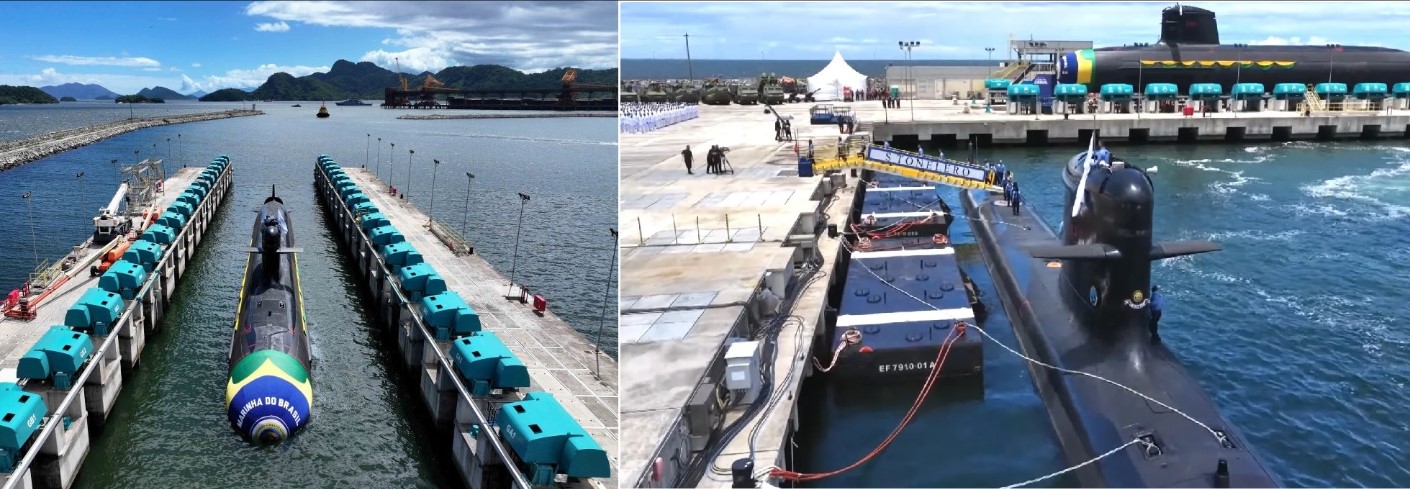Russia Deploys “Suicide” Drones to Target Ukrainian Aircraft — A New Phase in Drone Warfare, Says Ukrainian Official

Russian forces are reportedly escalating their use of “kamikaze” drones to directly target Ukrainian military aircraft — a significant shift in drone warfare that underscores how the conflict is evolving. According to Yurii Myronenko, Ukraine’s deputy minister of defense for innovation, Moscow is now experimenting with modified versions of Shahed drone variants that can strike Ukrainian jets and helicopters mid-air.
Myronenko, a former commander of a drone unit, revealed that Russian operators are now controlling these drones in “real-time” from the front lines — using communication systems relayed via antennas placed in Russian-held or occupied areas of Ukraine, and reportedly even from neighboring Belarus. He said that this real-time piloting capability complicates Ukrainian air-defense efforts, because drone operators can dynamically adapt their tactics during engagements.
Historically, Ukraine has depended on its own aircraft — from fighter jets to helicopters — to intercept and neutralize waves of Russian drone attacks aimed at ground targets or infrastructure. Military analysts have observed that drones such as the Shahed series were primarily used as loitering munitions or “suicide” drones for ground strikes. The emergence of drones specifically targeting military aircraft indicates Russia may be aiming to degrade Ukraine’s air defense and suppress Ukraine’s ability to respond swiftly to aerial threats.
Shahed-107: Russia’s Latest Tool?
Ukraine’s military intelligence recently disclosed that the newest variant being deployed by Russian forces is the Shahed-107. According to their assessment, this drone has a wingspan of around 10 feet, uses a carbon-fiber frame, is equipped with cross-shaped tail stabilizers, and carries a warhead of roughly 15 kg. Its estimated operational range is up to 300 kilometers.
These specifications suggest that the Shahed-107 is lighter and more maneuverable than some older Shahed variants, potentially allowing it to approach or intercept airborne targets such as helicopters or slow-moving jets. Ukrainian intelligence says that, despite international sanctions, many of the drone’s internal components remain foreign-made — highlighting how Russia continues to tap global supply chains to maintain its drone production.
Tactical Implications & Battlefield Innovation
Military observers say that using explosive drones against aircraft marks a significant tactical evolution. Until now, drones were mostly used against ground-based targets — infrastructure, logistics hubs, ground forces. The pivot toward aerial targets suggests that Russia is attempting to undermine Ukraine’s air advantage and reduce its ability to intercept or respond to drone strikes over large areas.
The real-time control capability of drones — with operators using front-line antennas or even remote relays from Belarus — further complicates defense for Ukraine. Because drone pilots can maneuver midflight, Ukrainian air defenses and interceptor aircraft face a much more dynamic threat than straight-forward pre-programmed kamikaze drones.
At the same time, according to Myronenko, Ukraine is not standing still. While details of Kyiv’s countermeasures remain under wraps for strategic reasons, he said Ukrainian forces are adapting quickly, working to upgrade anti-drone capabilities, improve early detection, and adjust air-defense tactics to meet the new threat.
Broader Drone Usage in the War
The use of Shahed-series drones by Russia — often with origins in Iranian designs — has been a staple of Russian aerial operations since 2022. The now well-known Shahed-136 (“Geran-2”) has been widely used for long-range strikes on infrastructure and logistical targets.
The deployment of Shahed-107 on front-line positions, alongside the escalation toward using drones against aircraft, underscores how both sides are caught in a rapid arms-tech cycle. On one side, Russia is scaling production and refining models; on the other, Ukraine — and its Western allies — are scrambling to counter adapted capabilities ranging from drones to electronic warfare, jamming, and low-cost interceptors.
What Ukraine (and the World) Is Watching
Though Ukrainian authorities have not publicly confirmed any successful shoot-downs of aircraft by Russian Shahed drones, the mere existence of such tactics is reshaping the dynamics of the war. The fact that Ukraine’s deputy defense minister has spoken out about them signals that Kyiv views the development as a serious turning point.
International observers and defense analysts are closely monitoring the evolution. If drones become a reliable tool against aircraft, it could reduce the effectiveness of traditional air defense and change the calculus of future aerial operations in the war — potentially making control of the skies far more uncertain.
For now, Kyiv says it will disclose its countermeasures only when it sees a strategic advantage — making it clear: this drone-cat-and-mouse fight is far from over.
✍️ This article is written by the team of The Defense News.





